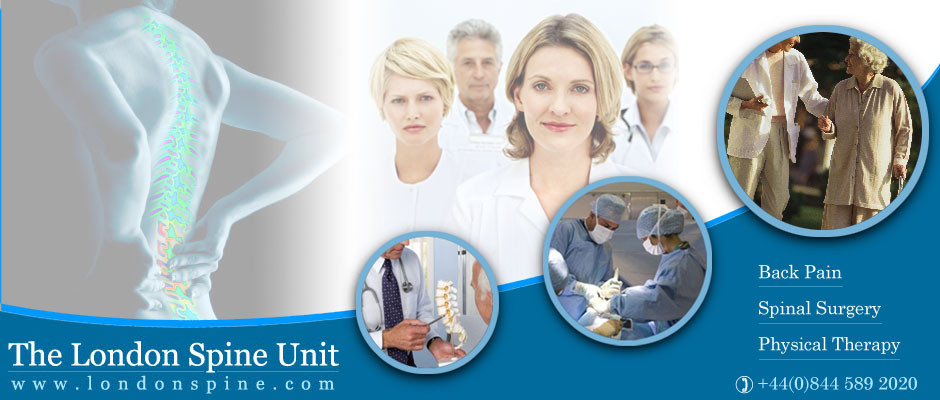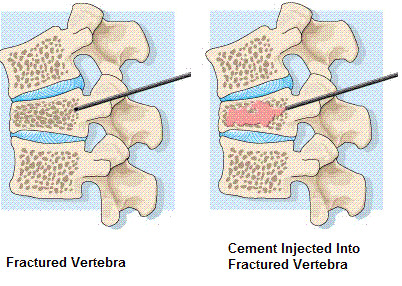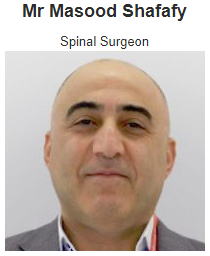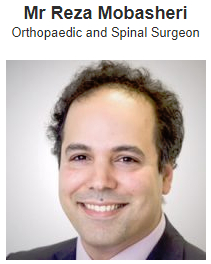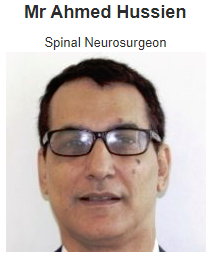The degenerative spine pathologies or those caused by wear are the cause of more than 80% of the problems related to back pain. Disc Herniation is one of these pathologies and probably the most common of them.
It is a condition that causes pain in the lower back or that can radiate to the lower limbs. According to statistics, 90% of people who have a herniated disc improve with conservative measures, such as medications and physical therapy. Just a few patients (due to the intensity or high frequency of pain episodes) will require surgery.
The objective of a surgical procedure is only to perform a resection of the herniated disc fragment, thus removing the compression on the dural sac or nerve roots and completely eliminate or significantly improve pain.
When deciding whether or not to perform a surgery, it is important to highlight that there are multiple techniques that lead to the same goal. From traditional open surgery, assisted surgery with the use of a microscope, to minimally invasive techniques.
Lumbar Endoscopic Discectomy is one of the available techniques in minimally invasive column surgery. This procedure allows the resection of a herniated disc fragment when an endoscopy camera or lens is introduced into the lumbar canal, through a wound of only 8mm.
The direct vision offered by the endoscopy lens allows to locate the herniated fragment and remove it while checking that nerve roots are free of any compression that may be causing pain.
The incision is made according to a planning prior to the surgery since the lens is directed to the exact location of the herniated disc according to the findings in the Magnetic Resonance Imaging. In most cases, this causes the incision to be far from the back midline, keeping intact the muscles that stabilize the spine. The endoscope lens is entered after having introduced a series of sequential dilators, which allow separating the muscles in the back, without having to cut or disinsert them. There are multiple available approaches, allowing the resection of any herniated disk, regardless of the level, or the position in which a hernia is found. The surgery is performed by local anesthesia and sedation. This modality of anesthesia allows the patient to be awake throughout the surgery, being able to respond to orders and refer discomfort, becoming the best transoperative monitoring system, thus avoiding nerves injury.
There is a reduced risk of complication due to anesthesia, infection, and minimal possibilities of bleeding. However, some worth mentioning advantages are that it does not injure the stabilizing muscles of the spine and provides a much faster recovery than traditional surgery.


